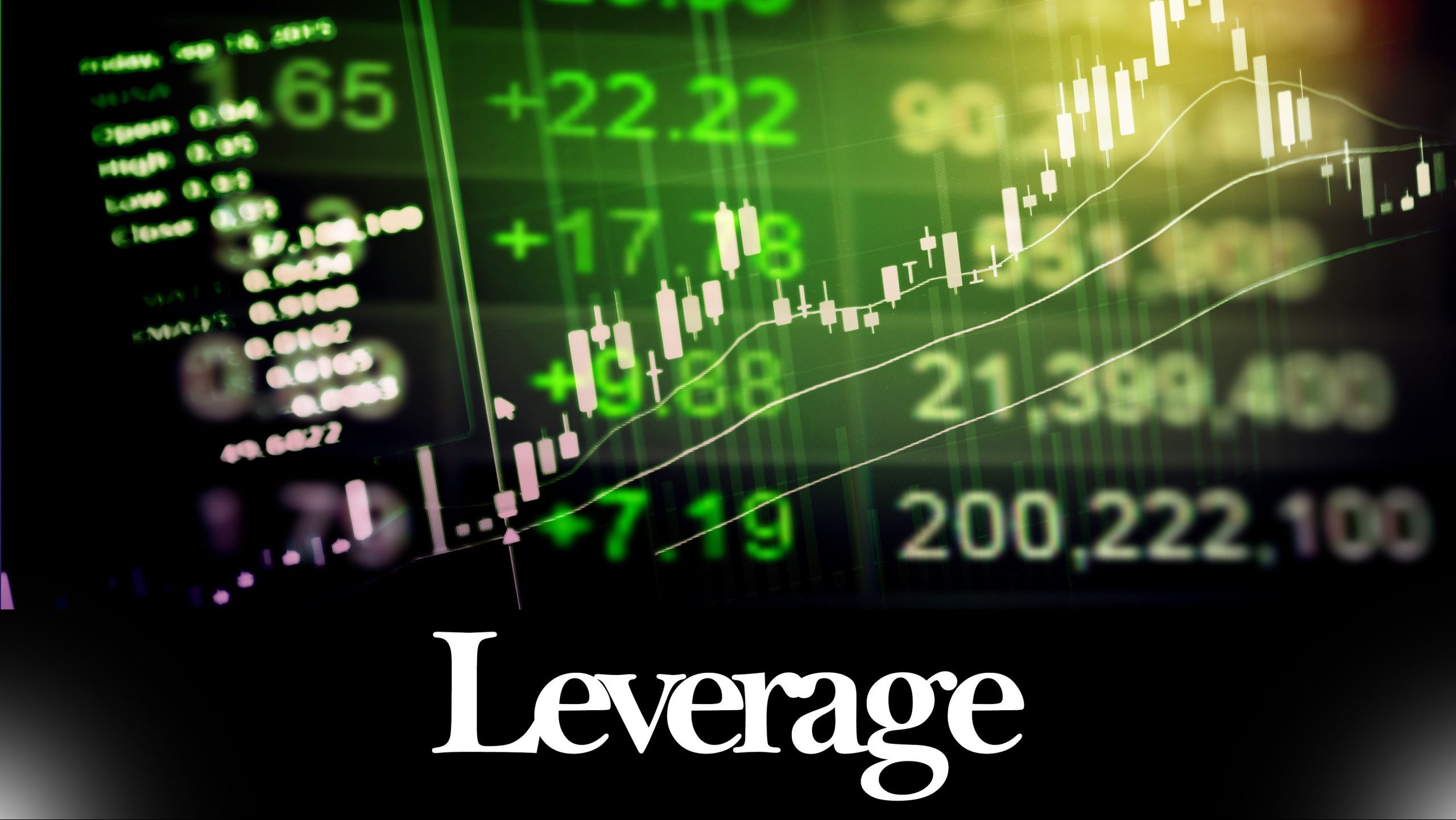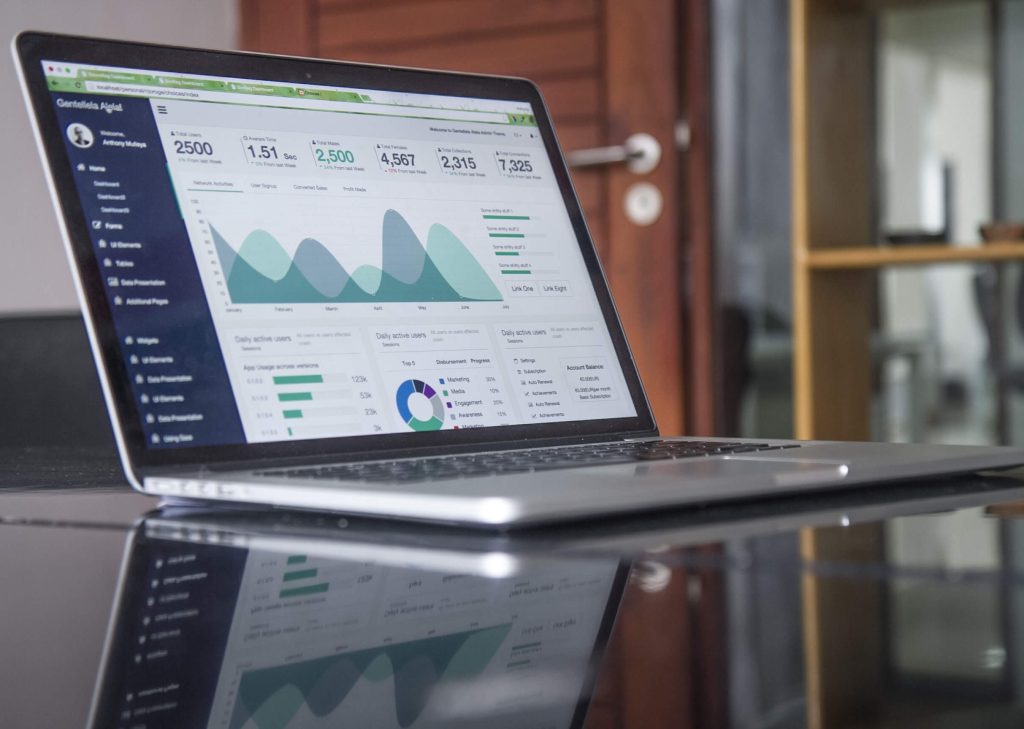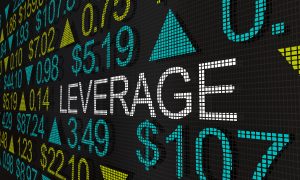
Stepping into the world of business and finance can sometimes feel like trying to crack an encrypted code. One term that often crops up is ‘leverage.’ You may wonder, “what exactly is it?” Fear not, because in this easy-to-understand guide, you’re swiftly going to learn what leverage is, its various types, and how it’s used in different business contexts. Whether you’re involved in a startup, an established business, or simply keen on broadening your financial knowledge, this user-friendly article is tailor-made to demystify the concept of leverage for you.
Definition of Leverage
Understanding the Concept
Leverage is a powerful concept that is frequently used in the world of finance and business. At its most basic, leverage is the strategy of using borrowed funds to increase the potential return of an investment. Simply put, it’s like using a lever to lift a heavy object; in this context, the lever is a loan, credit, or borrowed asset, and the heavy object is an otherwise unaffordable investment opportunity.
Forms of Leverage
There are various forms of leverage, each with its unique characteristics and optimal areas of application. These include financial leverage, operating leverage, and combined leverage. Each type plays a specific role in improving returns, enhancing business operations or combining the effects of both.
Types of leverage
Financial Leverage
Financial leverage refers to the use of debt (in the form of loans or bonds) to fund business operations or investments. It arises when a company or individual borrows money to invest in assets that will generate a return greater than the interest payable.
Operating Leverage
Operating Leverage, on the other hand, is a measure of how revenue growth translates into growth in operating income. It is a result of the company’s cost structure and refers to the proportion of fixed costs to variable costs. When a company has high operating leverage, a small change in sales can result in a large change in operating income.
Combined Leverage
As its name suggests, Combined Leverage is the total leverage a company can get by combining its financial and operating leverage. It is used to evaluate the overall risk and potential return of a company’s financial and operational decisions.
Financial Leverage
What it is
Financial Leverage, as previously discussed, involves the use of borrowed funds to finance investments or business operations with the hope that the return on the investment will exceed the cost of the borrowed funds.
How it works
The working principle behind financial leverage is straightforward. It’s all about borrowing at a lower interest rate and investing in an avenue that provides higher returns. The difference between the expense (interest) and the income (returns) will provide a “leveraged” benefit to the investor or company.
Advantages and Disadvantages
Like any potent tool, financial leverage presents both benefits and drawbacks. The primary advantage is the potential for enhanced returns. On the other hand, the main disadvantage is the increased risk associated with borrowing, including the risk of insolvency if the venture doesn’t generate the anticipated returns.
Real world examples
A classic example of financial leverage can be seen in real estate, where individuals often take mortgages to purchase properties they wouldn’t otherwise afford, with the expectation that the property value will appreciate over time.
Operating Leverage
Definition
Operating leverage is a measure of how a company’s operating income changes with a change in its sales or revenues. It’s closely linked with the company’s cost structure, particularly the relationship between the company’s fixed and variable costs.
Calculating Operating Leverage
Calculated as the ratio of the company’s fixed costs to its variable costs, a high degree of operating leverage suggests that a small change in sales or revenues can result in a significant shift in operating income.
Impacts on Business Performance
A high degree of operating leverage can boost a company’s profitability when sales are high but can prove dangerous when sales fall, as fixed costs such as rent or salaries, must still be paid.
Limitations
The primary limitation of operating leverage is that it depends heavily on the assumption of constant sales or revenues, which is rarely the case, especially in unpredictable market conditions.
Combined Leverage
Understanding Combined Leverage
Combined leverage is essentially a combination of operating and financial leverage. It offers a holistic view of how both operational and financial decisions can influence a company’s profitability and risk.
Impact on Profitability and Risk
A high degree of combined leverage means that a small change in sales can lead to significant changes in earnings per share (EPS). While this can enhance profitability in good times, it can also expose the company to greater risks during downturns.
Example and Analysis
A practical example of combined leverage can be seen in highly leveraged companies such as utilities and telecommunications, which use both operating leverage (through fixed infrastructure costs) and financial leverage (through debt) to drive their business models.
Using Leverage in Investing
Benefits
The primary advantage of using leverage in investing is the potential to amplify returns. When executed correctly, leveraged investing can allow you to benefit from investment opportunities that would otherwise be beyond your reach.
Potential Risks
the main risk of leveraged investing is the possibility of magnified losses. Just as leverage can amplify your gains if the investment performs well, it can likewise multiply your losses if the investment performs poorly.
Examples in Stock Trading
Stock traders often use margin accounts to leverage their investments, borrowing money from their brokerage to purchase more shares than they could otherwise afford.
Leverage in Real Estate Investment
Real estate investors often use mortgages to leverage their investments, buying properties with a small down payment and then renting them out to cover the mortgage payments.
Leverage in Business and Entrepreneurship
Leveraging Resources
Businesses and entrepreneurs can leverage not only financial resources but also other assets such as human capital, technology, and intellectual property to drive growth and innovation.
Leveraging Partnerships and Alliances
Strategic partnerships and alliances can be a powerful form of leverage, providing access to new markets, technologies, and expertise.
Leveraging Skills and Expertise
By leveraging their unique skills and expertise, entrepreneurs can differentiate their businesses and gain a competitive edge in the market.
Risks and Misuse of Leverage
Excessive or poorly managed leverage can lead to significant risks, including financial distress and bankruptcy. Responsible use of leverage is essential to mitigate these risks.
Role of Leverage in Forex Trading
Importance
In forex trading, leverage is often used as a tool to increase potential returns. It allows traders to control larger positions with a smaller amount of capital.
How to use leverage in Forex
Forex traders use leverage by borrowing from their broker, allowing them to take larger positions in the currency markets and potentially realize higher profits.
Risks and Limitations
While leverage can maximize potential returns in forex trading, it can also magnify losses. Misuse of leverage can lead to significant losses, even exceeding the original investment.
Survival tips
Prudent risk management, including the use of stop-loss orders and limiting the size of your leverage, is crucial to surviving and thriving in the volatile world of forex trading.
Measuring and Interpreting Leverage
Ratio Analysis
Ratio analysis is a key tool for measuring and interpreting leverage. Ratios such as the debt-to-equity ratio or the degree of operating leverage can provide essential insights into a company’s use of leverage.
Debt-Equity Ratio
The debt-equity ratio, which compares a company’s total debt to its total equity, is a commonly used measure of financial leverage. A high debt-equity ratio can indicate higher financial risk but also a potential for higher returns.
Degree of Operating Leverage
The degree of operating leverage measures the sensitivity of a company’s operating income to changes in its sales. It provides valuable inputs into the company’s operating risk.
Degree of Financial Leverage
The degree of financial leverage is a ratio that measures the sensitivity of a company’s earnings per share to changes in its operating income. It is a key indicator of a company’s financial risk.
Future of Leverage in Financial Markets
Trends and Forecasts
The use of leverage in financial markets is expected to continue to evolve in response to changing market conditions, regulatory developments, and advances in financial technology.
Innovation and Technology
Technological advancements are likely to make leverage increasingly accessible and manageable. For example, blockchain technology could enable more transparent and efficient collateral management, reducing the risks associated with leverage.
Regulations and Compliance
Regulations and compliance requirements will continue to shape the use of leverage in financial markets. Compliance with these rules is crucial to avoid penalties and reputational damage.
Education and Awareness
As leverage becomes increasingly accessible, education and awareness about its risks and benefits are more important than ever. By understanding leverage and its potential impacts, investors and businesses can make more informed decisions.








